
There’s never a perfect time to start saving, but waiting doesn’t make it easier. Budgets stretch thin, and unexpected costs don’t pause for convenience. Still, even a few intentional changes can create a small buffer. Instead of overwhelming advice, let’s focus on easy-to-implement ideas that can help kickstart your emergency fund, even if you’re starting completely from scratch.
Set A Clear Savings Goal
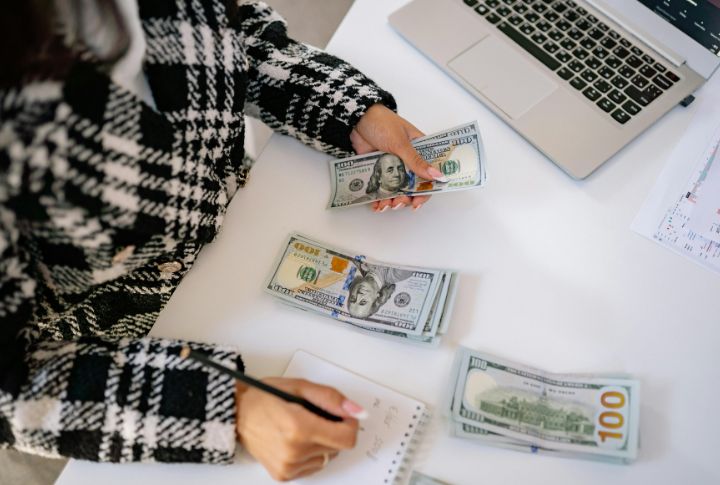
Nearly 6 in 10 Americans can’t cover a $1,000 emergency without major trade-offs. That kind of pressure is real, yet there’s a way forward. While experts suggest saving 3–6 months of expenses, any amount helps. Writing the goal down boosts your chances of success.
Open A Separate Savings Account

Blending savings with the main account is like keeping candy within arm’s reach; it’s too easy to dip into. A separate account sets clear boundaries and makes it harder to spend impulsively. Some banks even offer higher interest rates and let you label it “Emergency Fund,” which encourages consistent saving.
Automate Contributions
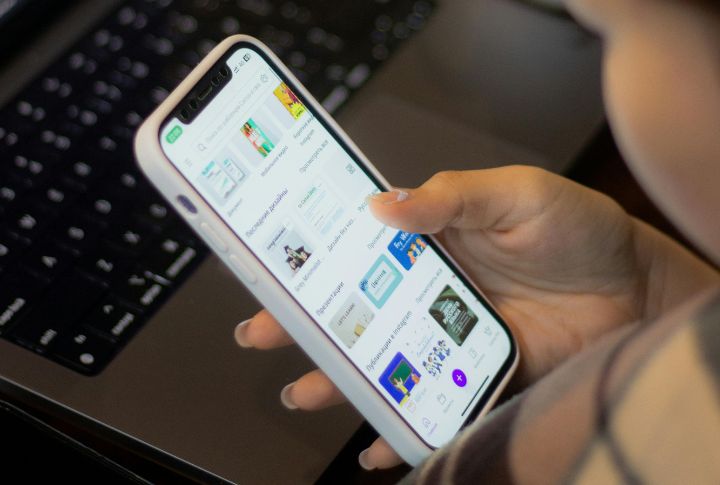
Saving doesn’t always need active decision-making. Automating transfers turns it into a background habit that builds quietly over time. Just $10 a week can save up to more than $500 a year. People who automate save more consistently, especially when it’s set for payday before the money ever tempts you.
Start With Small, Manageable Amounts

Big sacrifices aren’t a requirement for saving. Even $1 a day can grow into $365 by the end of the year. That’s a strong start. Micro-saving apps make it effortless by rounding up your everyday spending. Smaller, consistent efforts are easier to maintain and more likely to stick long-term.
Cut Non-Essential Expenses Temporarily

Try shaking up your routine with a no-spend challenge. Start by reviewing your monthly subscriptions—some may not be pulling their weight. Dropping a single $15 service can save $180 in a year. According to CNET, $200 disappears annually for many people due to forgotten subscriptions.
Use Windfalls To Boost Fund
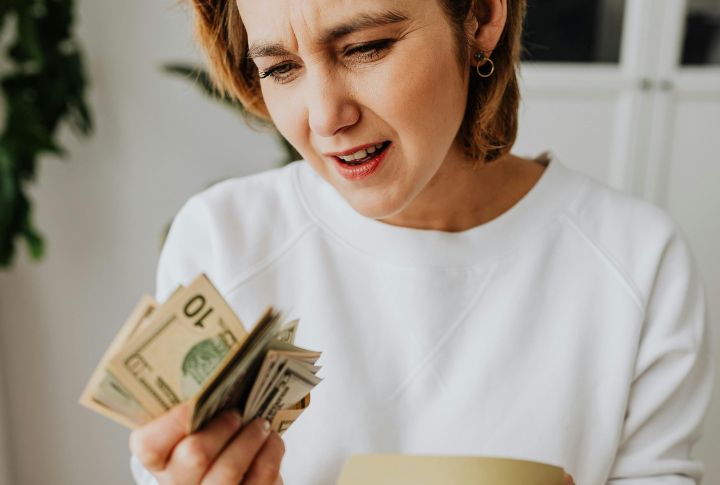
It’s easy to blow a windfall, but saving it offers long-term rewards. People who put surprise money—like bonuses, gifts, rebates, or inheritance—toward emergency funds or other goals make faster progress. When that unexpected cash lands, think twice before spending—it could bring you closer to real financial stability.
Sell Unused Items For Extra Cash

Sell unused items instead of letting them sit around collecting dust. Many people earn $1,000 or more in just a few weeks by clearing out things they no longer need. Platforms like eBay, Facebook Marketplace, Poshmark, and Mercari make selling surprisingly easy and profitable.
Take On Short-Term Side Gigs
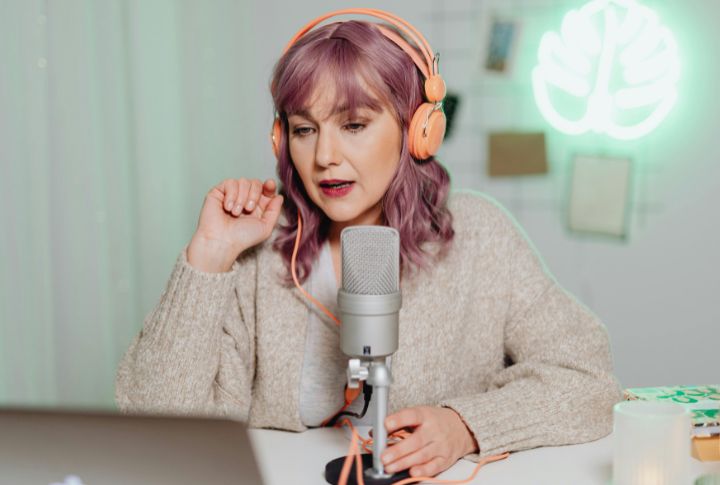
A few extra hours of freelance or gig work each week can bring in hundreds. Even working five hours a week at $20 an hour adds up to $400 a month. Many flexible gigs only need a phone, which makes it easy to earn extra without a major time commitment.
Replenish After Withdrawals
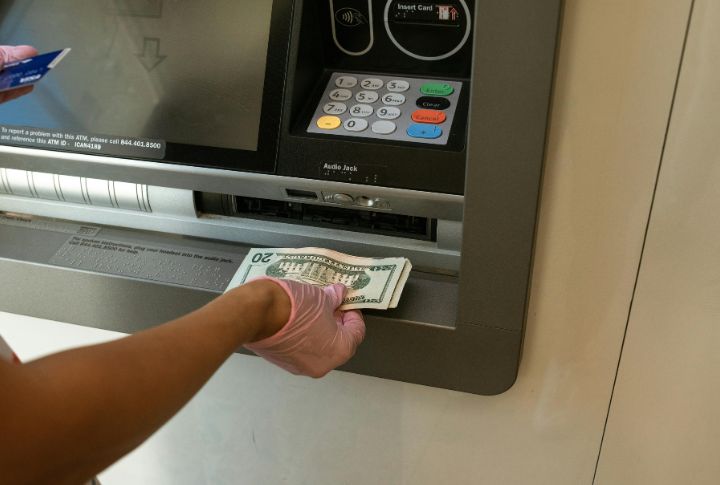
The moment you dip into your emergency fund is a sign that it worked. Now comes the important part: refilling it. Financial planners recommend the “reset rule,” which means rebuilding sooner rather than later. Even partial replenishment can prepare you for the next unexpected moment life throws at you.
Set Clear Rules For When To Use The Fund
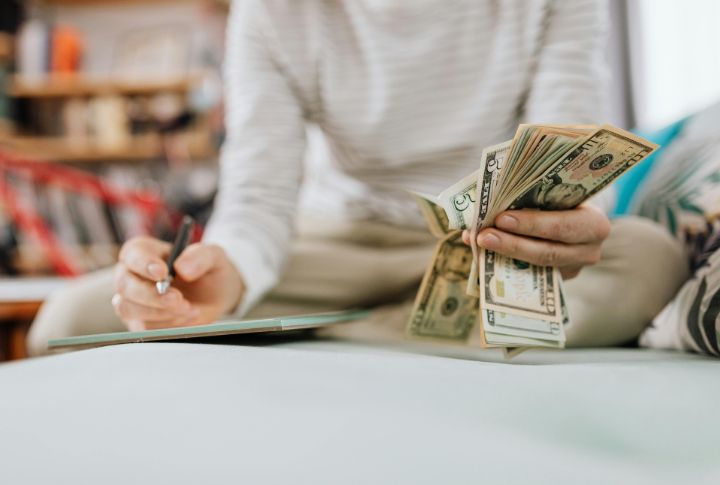
What counts as an emergency? That question matters more than most people think. Without a clear answer, savings can quietly slip away. In fact, 60% of people use emergency funds for non-emergencies. Setting personal rules gives savings purpose and helps them last long enough to serve their real function.
